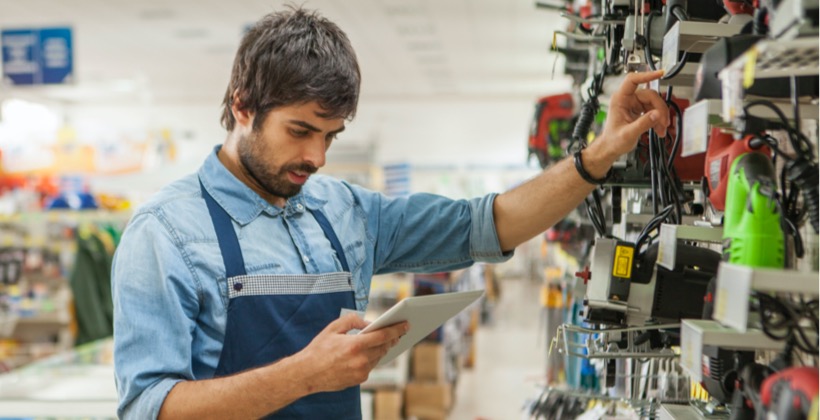How to Increase Mobile Workforce Productivity
With stores reopening and everyone headed back to work, workplace productivity is essential. Change and flexibility are the name of the game. New safety protocols and shifting customer demands may mean starting out with fewer workers in smaller spaces, and then adapting continually as needs change. Businesses need to adjust and for managers of mobile workers, this will mean creating the most efficient and productive teams possible. In a time like this, how can your business and management increase employee productivity?
Reducing resistance to change
Change is a given in the retail and restaurant industry, where service constantly adapts to customer needs. Implementing new safety standards for customer engagement shouldn't be viewed as an inconvenience. Successful managers need to be organized, anticipate changes, manage transitions and encourage group problem solving as new procedures begin. It is the management's responsibility to explain the purpose of the changes and help with employee productivity.
Training deskless employees
With your business adjusting training on standard procedures will be critical. With your employees' safety and social distancing in mind, the best way to deliver training without group meetings is to deliver it directly to employees using technology. Start your workplace productivity with a mobile learning management system. A mobile learning management system is a one-stop way to organize and keep track of training materials, safety protocol, and employee messages. Files can be added to the employee's queue so that they receive the training as they need it on their mobile device, such as a phone or tablet. For more information on ramping up employee training, see this guide.
While management measures its employees, new standards may create some new roles and eliminate old. As managers identify where they need more people and where they need less, the main goal should be to retain top performers, even if that means cross-training for another job. It's important to leverage individual differences and value diversity while maintaining consistent standards that provide the best customer experience.
The productivity of your workplace is important and when your workforce is deskless and spread throughout the store, this means leading more than managing. Identify specific behaviors and outcomes that define best customer service and engagement, and digitize these as operational checklists as much as possible. This will define success so that it can be repeated. Also find the means to measure positive outcomes and reward them, so that you keep your top employees and develop new ones.
Encouraging employee engagement and teamwork in a mobile workforce
Improve workplace productivity by motivating your employees. Motivating a mobile team works best when information is shared up, down and peer-to-peer. Management should define team goals and individual tasks needed to achieve them. Then provide the resources for employees to get the job done. A mobile workforce enablement system will incorporate training, operational checklists and communication resources all delivered in a mobile format directly to employees wherever they are getting the tasks done.
Focus on the big picture. Create versatile teams with cross-training so that each member can contribute whatever is needed, and cooperation can thrive. Employees that are motivated by and committed to performance goals will work together and support each other to get the job done.
As noted in article on managing restaurant employees by Greg Dyer in FSR Magazine, businesses that take time to plan and install new systems now will be in position to succeed when the economy takes off.
Communicating consistently with deskless employees
Although defining procedures is critical, it's communicating them consistently that will roll out success. In an article for Retail Customer Experience Liz Cichowski of Learning Means Business stresses that managers should craft employee messages as carefully as they create messages to customers.
The business and what it represents needs to make all communication consistent with the company's core values and be sure everyone is receiving those messages. When that involves communicating with employees at different sites and on opposite shifts, relying on managers to relay these messages to every employee is not practical or efficient. Something will certainly get lost in the translation. Workplace productivity can be achieved by communicating directly to each employee via mobile devices is a better tactic, and it can be done through the same learning management system that is used to deliver and track training. This also allows for a mix of formats, which is ideal for engaging employees. Videos presented with a familiar face connect better than a printed notice on a staff board.
"Just remember: If you don't keep people informed, they'll make stuff up. A little communication can go a long way, and if you care about your employees, they'll be more likely to care about your customers," Cichowski wrote.
Now is the time to prepare for success and improve employee productivity when business picks up. Embrace change, create solid training and the technology to deliver it, encourage teamwork, and communicate with your team in the same way that you want them to communicate with customers.





